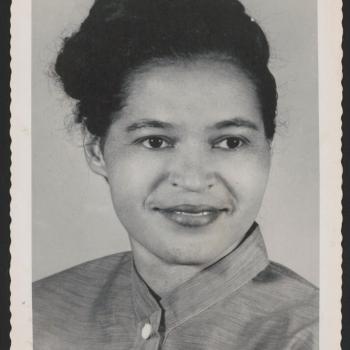
Rosa Parks (1913–2005) is best known for her refusal to give up her seat to a white man on a crowded bus in Montgomery, Alabama, on December 1, 1955. Her arrest sparked the Montgomery Bus Boycott, a pivotal event in the civil rights movement that ultimately led to the dismantling of Jim Crow segregation. Rosa Parks became an icon of the movement, celebrated for this single courageous act of civil disobedience, but she is often characterized by misconceptions. Contrary to popular belief, Parks was not a demure seamstress who chose not to stand because she was physically tired. Her calm demeanor hid a militant spirit forged over decades. Learn more about her and her life by exploring these primary sources.
Explore the sites and online exhibitions listed below. Ask students what they can learn from these primary sources about why Rosa Parks took her stand against segregation, and about the organizations and movements that participated in the struggle. They might compare that to what they learn from a textbook or other secondary source and then write a possible update for the secondary source.
It's important that students understand the difference between primary and secondary sources. Visit here for a solid definition and see some examples.
Rosa Parks: In Her Own Words showcases rarely seen materials that offer an intimate view of Rosa Parks and documents her life and activism—creating a rich opportunity for viewers to discover new dimensions to their understanding of this seminal figure.
This gallery showcases a selection of items from the Rosa Parks Papers at the Library of Congress, a gift from the Howard G. Buffett Foundation. This collection contains thousands of items that document the life, work, and legacy of this civil-rights legend.
In honor of the birthday of civil rights legend Rosa Parks, this blog highlights the many cards and letters students wrote for Ms. Parks over the years.
The Rosa Parks Collection, which is on loan to the Library for 10 years from the Howard G. Buffett Foundation, spans from 1866-2006 and contains 7,500 items and 2,500 photographs.
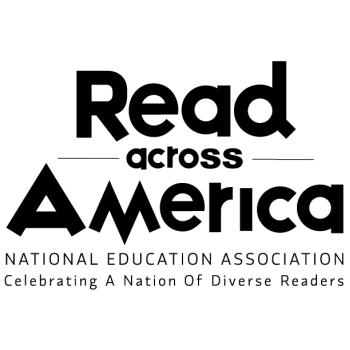
Join NEA’s Read Across America to celebrate a nation of diverse readers with these recommended books, authors, and teaching resources that represent an array of experiences and cultures.
Read Across America has celebrated books and reading since 1998. This year, there are even more opportunities:
• Encourage adults to spend more time reading to children
• Share stories that raise up the many voices that need to be amplified and heard
• Use books to help students discover their own voices and learn from the voices of others
• Encourage readers to believe in themselves and use their voices and stories for positive change
Use the Read Across America Day calendar, Build Your Stack® posts, and ReadWriteThink.org resources to support these efforts.
Join NEA to celebrate a nation of diverse readers with these recommended books, authors, and teaching resources that represent an array of experiences and cultures.
NEA is excited to bring Read Across America year-round to help motivate kids to read, bring the joys of reading to students of all ages, and make all children feel valued and welcome.
Review the recommended titles in this calendar and the Read Across America poster.
This NCTE initiative is focused exclusively on helping teachers build their book knowledge and their classroom libraries.
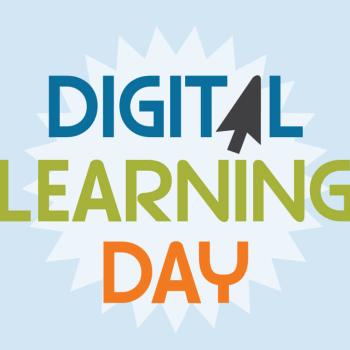
Sponsored by the Alliance for Excellent Education, Digital Learning Day has since 2012 encouraged teachers to share and celebrate effective teaching and learning that showcases innovation in the use of digital instructional technology. Though Digital Learning Day does promote the effective use of contemporary tools and technologies, it is truly a day to reflect on the enhanced or transformed learning those tools support.
Ask students to reflect on something they recently learned how to do. After a few minutes to write or talk with a partner, have students share what they learned as you record their topics for everyone to see. Then lead a discussion around the role digital tools played in the different learning students shared.
-
How many of the examples were about learning to use a new digital tool?
-
How many examples featured students using a digital technology to facilitate or support their learning?
-
Which examples can students imagine doing differently with the support of a digital tool?
Then have students reflect on the varied ways digital learning plays a part in their everyday lives.
This page houses a collection of resources from past Digital Learning Days.
Find inspiration from a lesson plan from the Alliance for Excellent Education, arranged into themes such as language arts, STEM, and digital citizenship.
This collection of ReadWriteThink resources offer additional inspiration for considering the role digital technology can play in student learning.
Need help defining 21st Century literacies or the implications for classroom practice? This collection of NCTE documents can help.
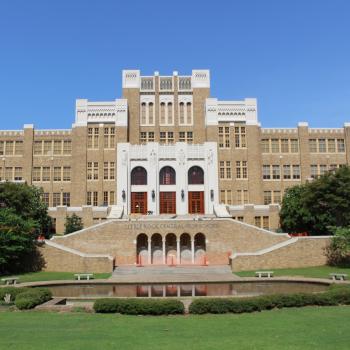
On September 23, 1957, police officers had to be stationed around the Central High School campus to ensure the safety of the Little Rock Nine, a group of nine African American students who were to attend the school and, thus, break the color barrier. The right to an equal education was granted to all African American students by the United States Supreme Court's 1954 decision in Brown v. Board of Education.
Begin by viewing some of the footage from the actual event (you can access some of the footage at the PBS website). Ask students to jot down the thoughts and feelings they think might have been going on in the minds and hearts of the Little Rock Nine. Have students use these notes as the basis for a bio-poem that might have been written by one of the African American students on that historic day.
An alternative activity might be to show students portions of "The Oprah Winfrey Show" that reunited the Little Rock Nine with some of the classmates who threatened and taunted them upon their arrival at Central High School. After viewing each segment, ask students to summarize their reactions to what they have seen and heard on the program. Were they surprised by anything they observed? If so, what surprised them and why?
This site celebrates the 50th anniversary of the integration of Central High School. Links to the historic event are provided, including links to information about the nine African American students who attended the school.
In celebration of the 50th anniversary of the Supreme Court decision that paved the way for the integration of Central High School, NPR compiled an extensive collection of resources, including interviews with Supreme Court Justice Thurgood Marshall.
This Teaching Tolerance page includes resources that focus on primary documents from Brown v. the Board of Education, poetry, arts, and critical thinking. Additional links at the end connect to photographs and more classroom resources.
PBS offers a section on Southern School Desegregation as part of its Eyes on the Prize: American Civil Rights Movement feature.
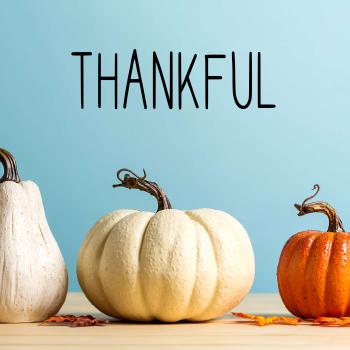
According to the Wampanoag and the ancestors of the Plimoth settlers, no oral or written account confirms that the first Thanksgiving took place between them in 1621. The Wampanoag, and other Native Americans, did participate in daily and seasonal thanksgivings for thousands of years prior to the Pilgrims’ arrival. This process of thanksgiving continues today.
Provide students with a selection of texts about Thanksgiving. Invite students to partner-read their selected books, considering these questions:
-
From whose perspective is the story told?
-
Whose voices are active and passive?
-
What words are used to describe the groups?
-
Whose story has the most detail?
-
What details were offered or implied in the text or illustrations about Thanksgiving and each group’s lifestyle (e.g., food, clothing, beliefs, and traditions)?
-
Are the illustrations accurate? How do you know?
Next, share with students texts that are #OwnVoices. Oyate and American Indians in Children's Literature (AICL) both provide critical analysis of Indigenous peoples in children's and young adult books.
Select one of the #OwnVoice texts to read, like Giving Thanks: A Native American Good Morning Message, a children's picture book, by Chief Jake Swamp. This version of the Iroquois Thanksgiving Address, or Ganohonyohk, is written especially for children who want to know more about Six Nations Iroquois spirituality. The Thanksgiving Address is one of the key speeches of the Six Nations Iroquois.
End the session by allowing students to share "What are some things you are thankful for and where do they come from?"
Oyate is a Native organization working to see that our lives and histories are portrayed with honesty and integrity, and that all people know that our stories belong to us.
American Indians in Children's Literature (AICL) provides critical analysis of Indigenous peoples in children's and young adult books.
The words in this book are based on the Thanksgiving Address, an ancient message of peace and appreciation of Mother Earth and all her inhabitants, that are still spoken at ceremonial and governmental gatherings held by the Six Nations.
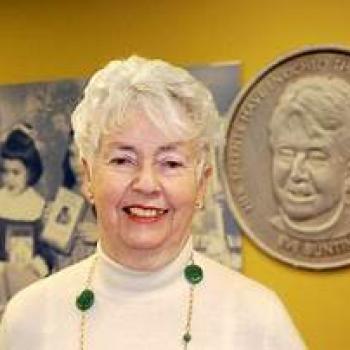
A resident of the United States, Eve Bunting was an acclaimed author of picture books and novels. Bunting's picture books tackled sensitive issues such as homelessness, death, aging, and war. Her books won numerous awards, including the Golden Kite Award and a Caldecott Medal in 1995 for Smoky Night. Eve Bunting passed away in 2023.
One trademark of Bunting's picture books is her ability to see events through the eyes of a child. Smoky Night deals with the Los Angeles race riots as seen from the perspective of a young boy watching the fires and the looters. His reactions to this event are, understandably, different from those of his mother and neighbors. Before reading this picture book aloud to students, read them a news article that relates the details of the events in Los Angeles. Ask students how a younger observer might be affected by these events and might see the events differently than an adult. After reading Smoky Night, assess the accuracy of students' perceptions.
As an alternative or follow-up activity, have students locate and read two different accounts of the events of September 11, 2001, one written by an adult and one written by a child. Ask them to compare the two accounts.
This page from the Reading Rockets website includes the text of an interview with author Eve Bunting, several audio clips of the interview, and an annotated list of some of her most popular books.
Kidsreads.com offers a brief biography of Bunting and links to information about a few of her books. The biography is written simply, so it is an excellent resource for younger students to obtain biographical information on Bunting.
This feature from Scholastic includes a brief biography of Bunting, the transcript of an interview with her, and a bibliography of her books.
Houghton Mifflin offers this collection of classroom activities for use with several of Bunting's books, including Train to Somewhere, The Wednesday Surprise, and The Memory String.
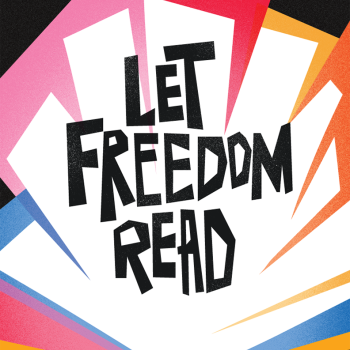
Challenges to books and other materials are on the increase in school and public libraries (see ALA's Frequently Challenged Books page for details). Check out the list of titles that NCTE has worked to protect! Banned Books Week, celebrated September 22-28, 2024, draws attention to the issue of censorship and how it can best be combated.
Begin by polling students. Ask how many of them are familiar with the following titles:
- Captain Underpants series
- A Wrinkle in Time
- The Adventures of Huckleberry Finn
- The Harry Potter series
- The Higher Power of Lucky
- Scary Stories to Tell in the Dark
- In the Night Kitchen
- Bridge to Terabithia
- The Stupids series
- The Bluest Eye
After the poll is completed, ask students what they think those titles have in common. Answer: They are all censored or challenged books.
With the class, brainstorm reasons these books might have come under attack. (Be certain to have the answers for them, too. They are available from various sources, including the American Library Association's Frequently Challenged Books page.) Why do people object to books and try to have them banned? Are there books from which students should be sheltered? Identify the common reasons why books are challenged (language, sexual content, political incorrectness, religious content, and so forth).
This site offers resources for celebrating Banned Books Week. Included are Banned Books Week news, events and materials.
The Online Books Page presents a brief look at book banning with links to online texts of books banned by legal authorities and schools.
The National Coalition Against Censorship, an alliance of fifty-two participating organizations, is dedicated to protecting free expression and access to information.
NCTE offers advice, helpful documents, and other support at no cost to teachers faced with challenges to literary works, films and videos, drama productions, or teaching methods.
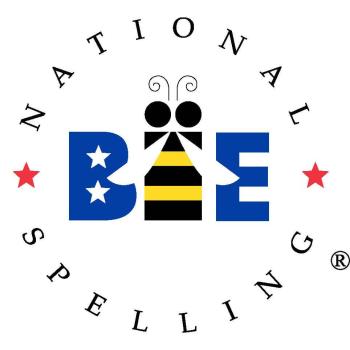
Nine contestants participated in the first National Spelling Bee, sponsored by the Louisville, Kentucky, Courier-Journal in 1925. Now, over 250 student champions, ranging from 9- to 15-years-old, travel to Washington, D.C., to compete in the National Spelling Bee. The competition takes place during May each year. The National Champion receives $28,000 in cash and savings bonds as well as reference resources for his or her home library.
The National Spelling Bee competition has been broadcast nationally on ESPN and during primetime on ABC. In his article "All I Need to Know about Teaching I Learned from TV and Movies," Kenneth Lindbloom compares the competition to shows like Jeopardy. Lindbloom explains, "One might speculate that these events garner interest because they are contests with one winner and many losers. But more difficult contests-Westinghouse science winners, for example, or creative-writing contest winners-don't get the kind of publicity memorizers of trivia get." Ask your students to consider this with the following questions:
- Why do some contests get more publicity than others? What makes the National Spelling Bee interesting to the general public?
- Is the National Spelling Bee a sports event? Why has it been broadcast on ESPN?
- What counts as knowledge on television? What knowledge is seen, and what kinds of knowledge are not seen?
The official homepage for the competition includes details on the student spellers, their sponsors, the rules for the competition, and statistics. During the competition, photos of the events will be added to the site.
By Margaret Y. Phinney, this page from the Natural Child website explains invented spelling and emergent writing and includes suggestions designed to encourage children's writing and use of invented spellings.
This Scholastic website features essays that contain strategies aimed at integrating spelling into the reading and writing curriculum and helping students to improve their spelling skills.
ReadWriteThink's Word Wizard interactive allows students to spell words based on four favorite children's books. Students can read and listen to clues and click the hint button if they're stuck.
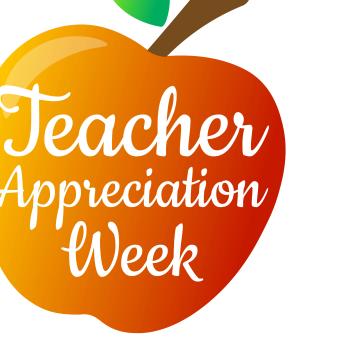
Since 1984, the National PTA has designated time each May for communities nationwide to honor teachers for their work with children. Parents, students, and schools across America celebrate Teacher Appreciation Week to show appreciation for the work and dedication of teachers and reaffirm the commitment to parent-teacher partnerships.
In celebration of Teacher Appreciation Week, read a book about a teacher such as Thank You, Mr. Falker, Miss Nelson is Missing, or a Magic School Bus story with Ms. Frizzle. Why are the teachers in these stories special? Have a class discussion about some of your students' favorite teachers. Then have students try these follow-up activities:
- Compare a favorite teacher to a teacher from a book with the Interactive Venn Diagram.
- Write a letter to a favorite teacher using the Letter Generator.
- Create a character map of either Miss Nelson or another storybook teacher with the Story Mapping tool.
- Use the Essay Map to plan and write an essay on why they would or would not like to be a student in one of the storybook teachers' classrooms.
- Read and present another book about a special teacher. Older students may choose books like The Miracle Worker by William Gibson, Tuesdays with Morrie by Mitch Albom, or A Lesson Before Dying by Ernest Gaines.
This National PTA resource offers ideas to help parents, students, and schools honor teachers during Teacher Appreciation Week.
The National Education Association offers these activities, appropriate for a Teacher Appreciation Week celebration.
This page from Reading Rockets celebrates teachers through notes of appreciation from parents, videos of authors and illustrators talking about their favorite teachers, and a link for users to send their own e-cards to teachers they appreciate.
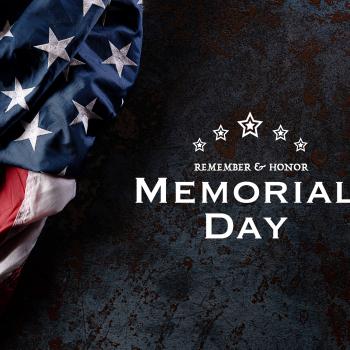
Observed on the last Monday of May, Memorial Day honors the men and women who died while serving in the United States military. In addition to having celebrations with family and friends, many people visit cemeteries and memorials and place flags on the grave sites of fallen servicemen and women.
Have students visit the Stories from the Veterans History Project site. Once there, ask students to choose one of the featured interviews to listen to, peruse the previous releases, or look at a list of collections to find more interviews that may be of interest to them. Students select an interview that interests them and take notes while listening to remember important facts and details about the veteran’s life. After listening to the interview, students complete one of the projects below to honor the veteran they researched:
- Create a timeline of the veteran’s life or time in the military.
- Using the story of the veteran’s life, create a picture book for younger children that tells the story of the veteran’s life or of the war in which he/she fought.
- Record the important facts and information from the veteran’s life using the Hero’s Journey interactive.
- Record a podcast that tells the veteran’s story.
This site includes a collection of personal accounts of American war veterans so that future generations may hear directly from veterans and better understand the realities of war.
Information on the history and traditions of observing Memorial Day in the United States is provided here.
This site includes a history of Memorial Day and tributes to soldiers; includes audio, video, and photos.